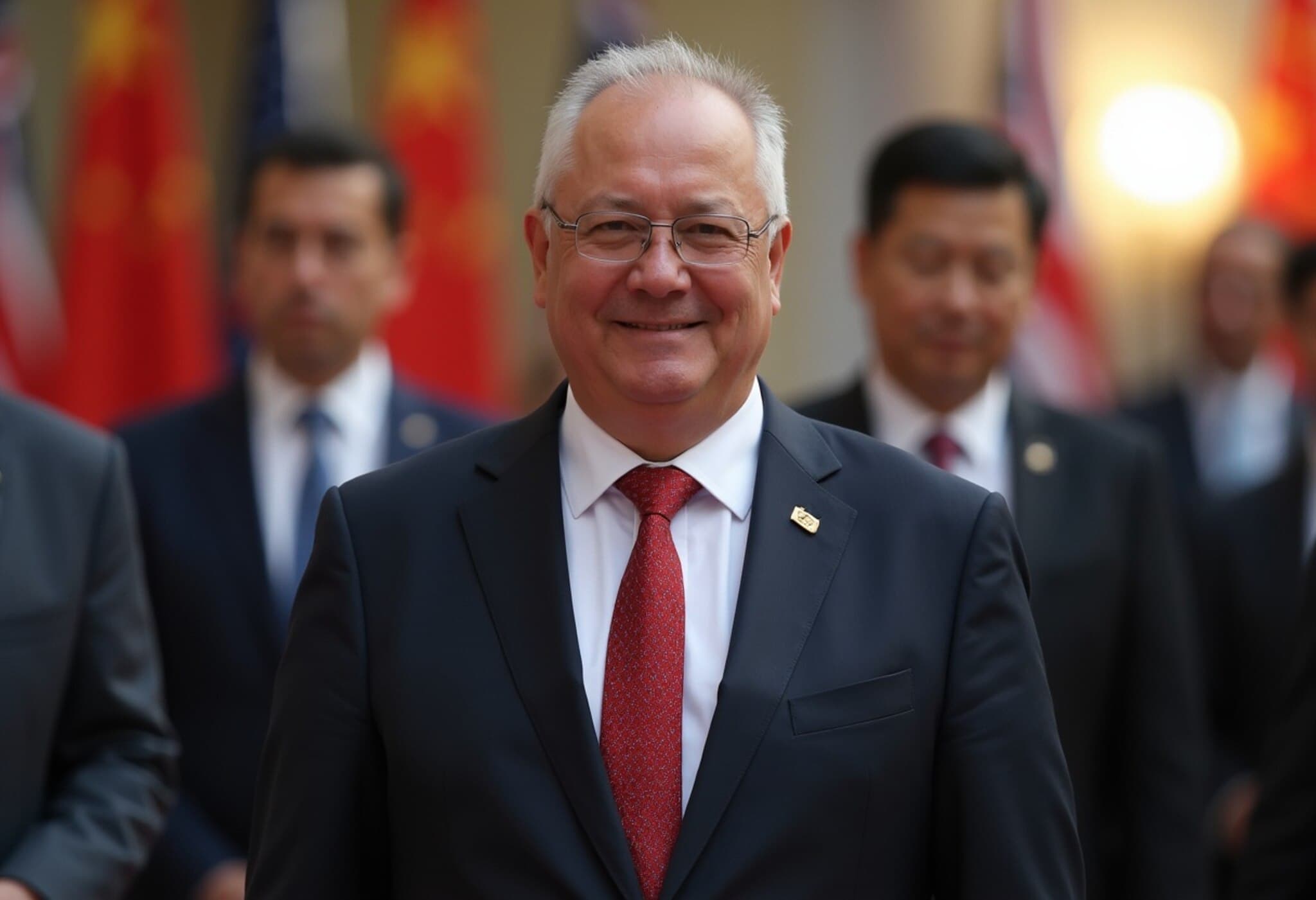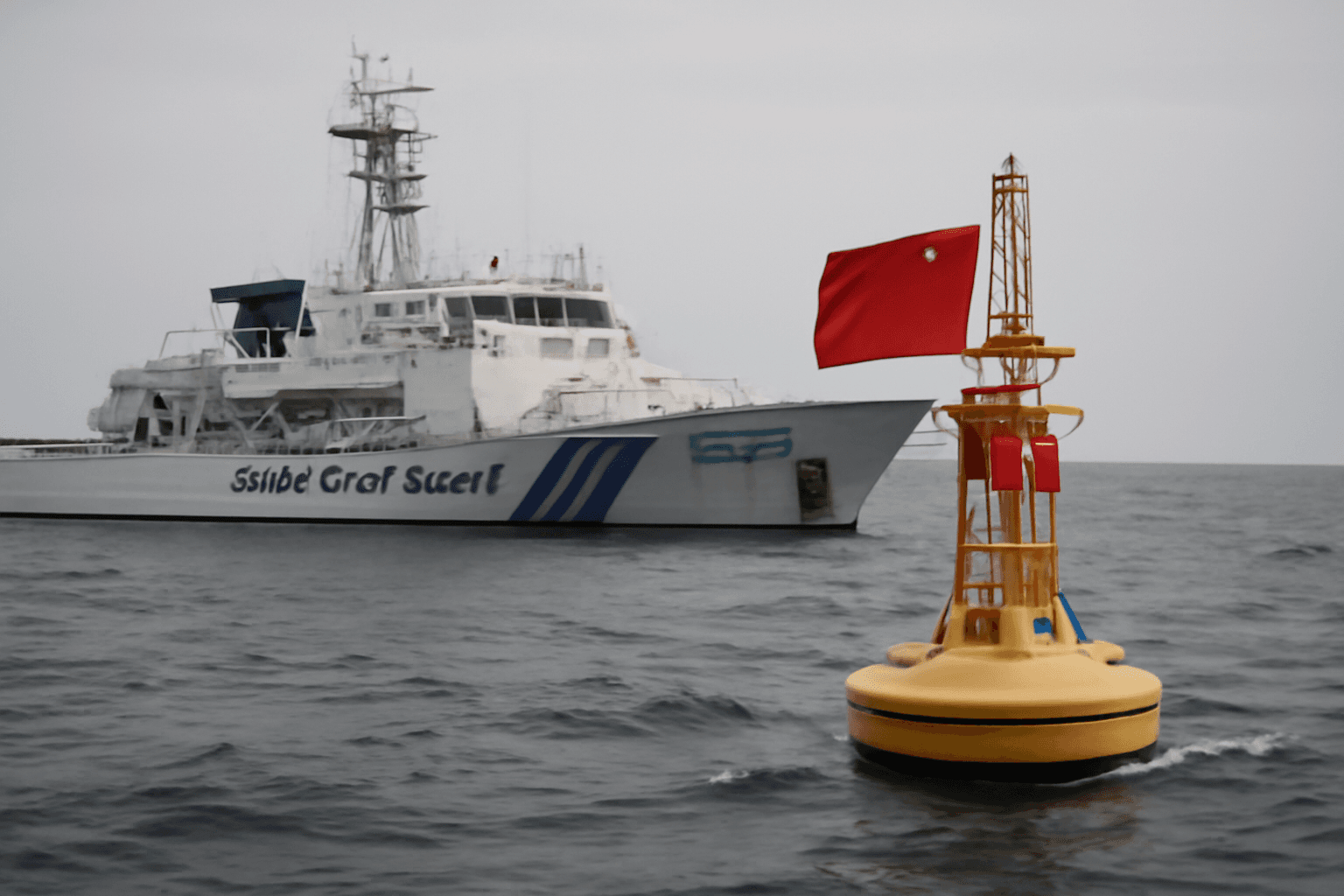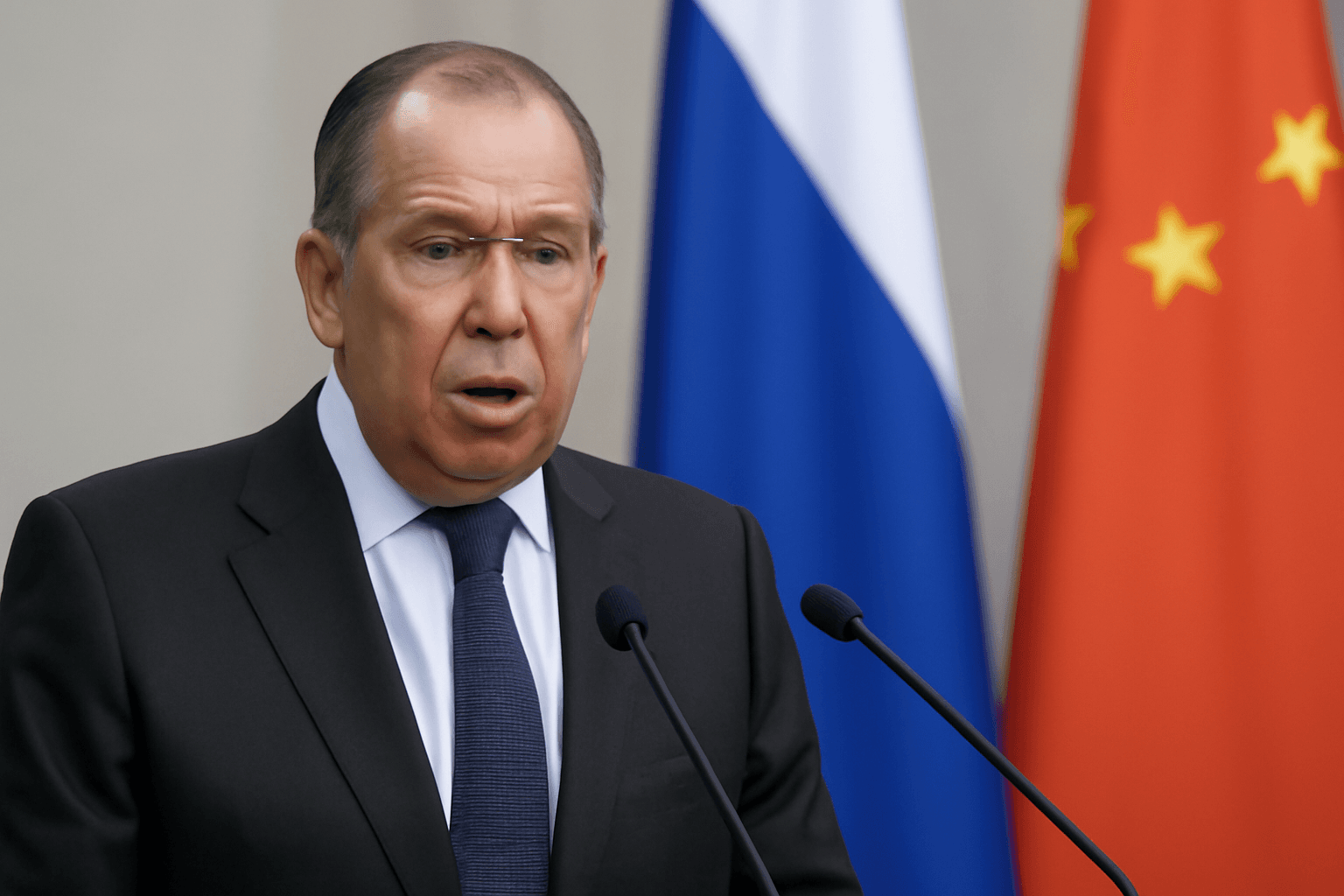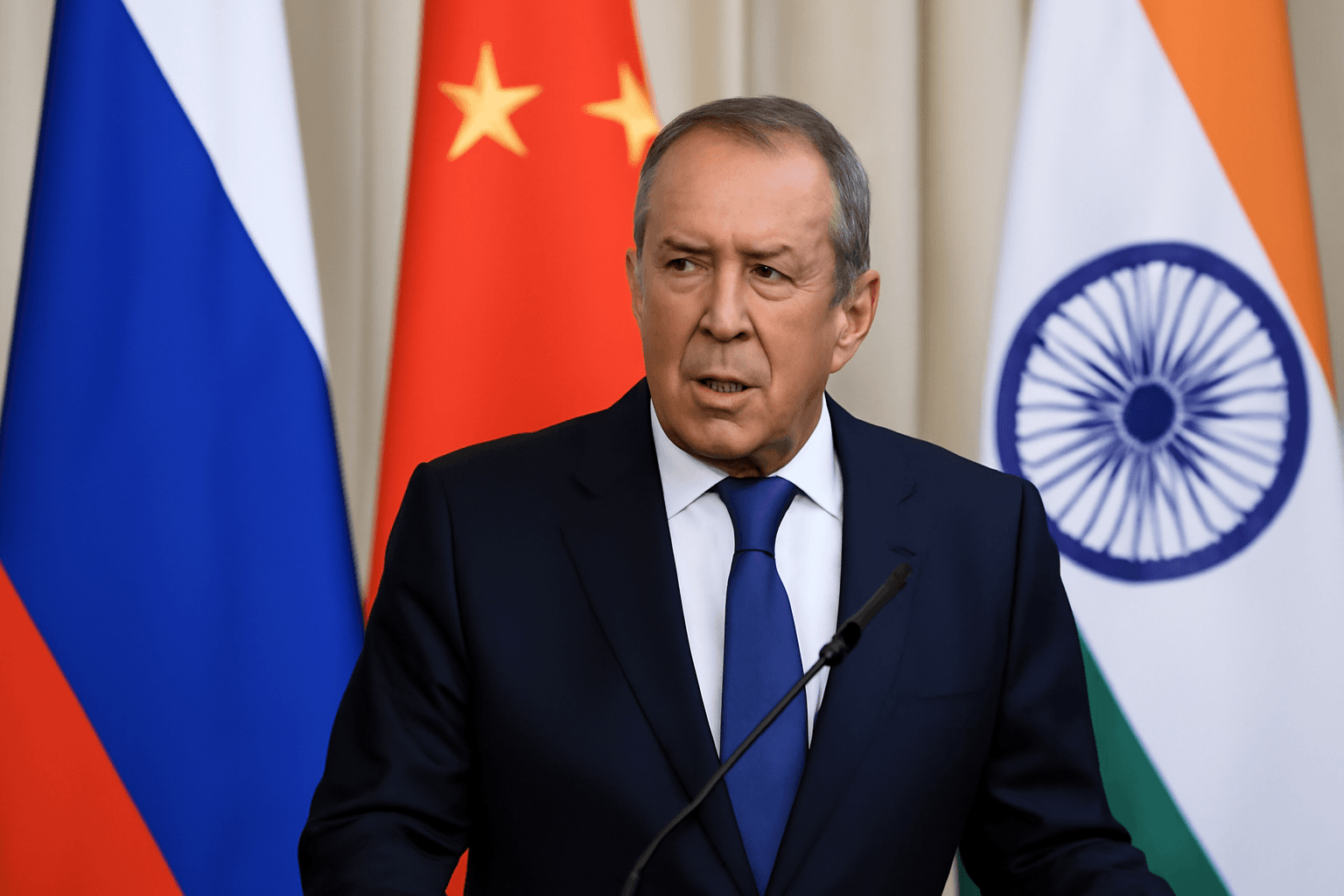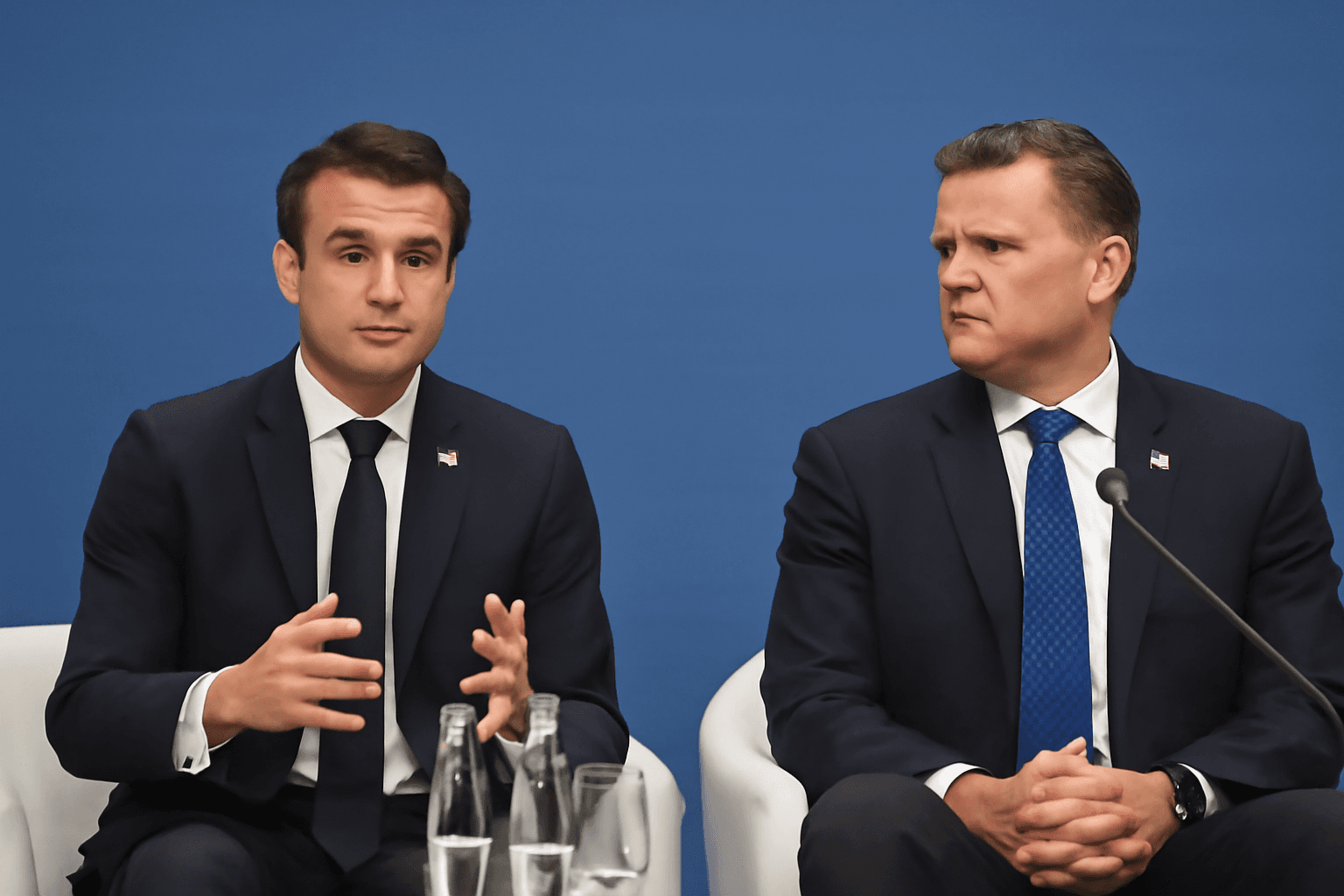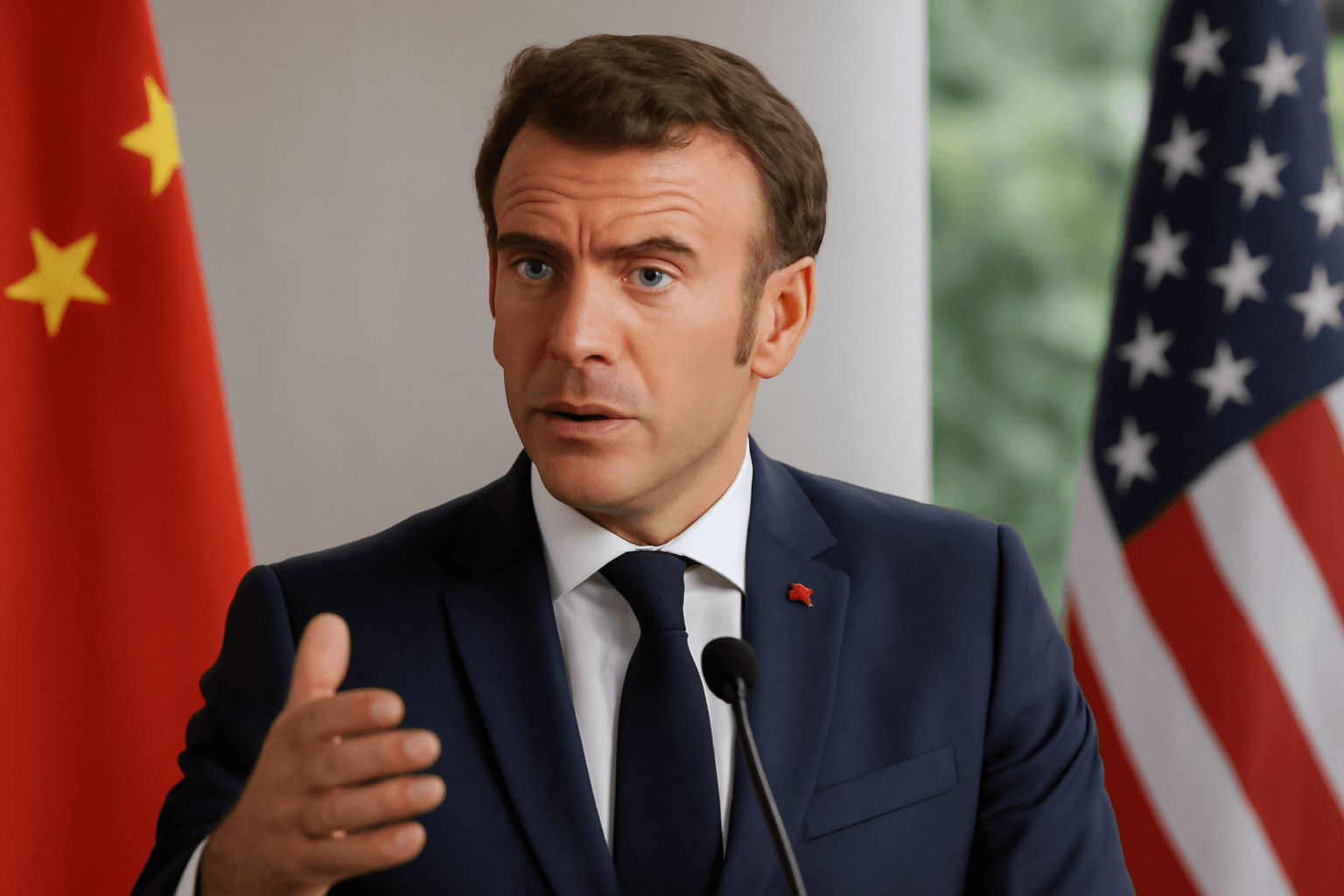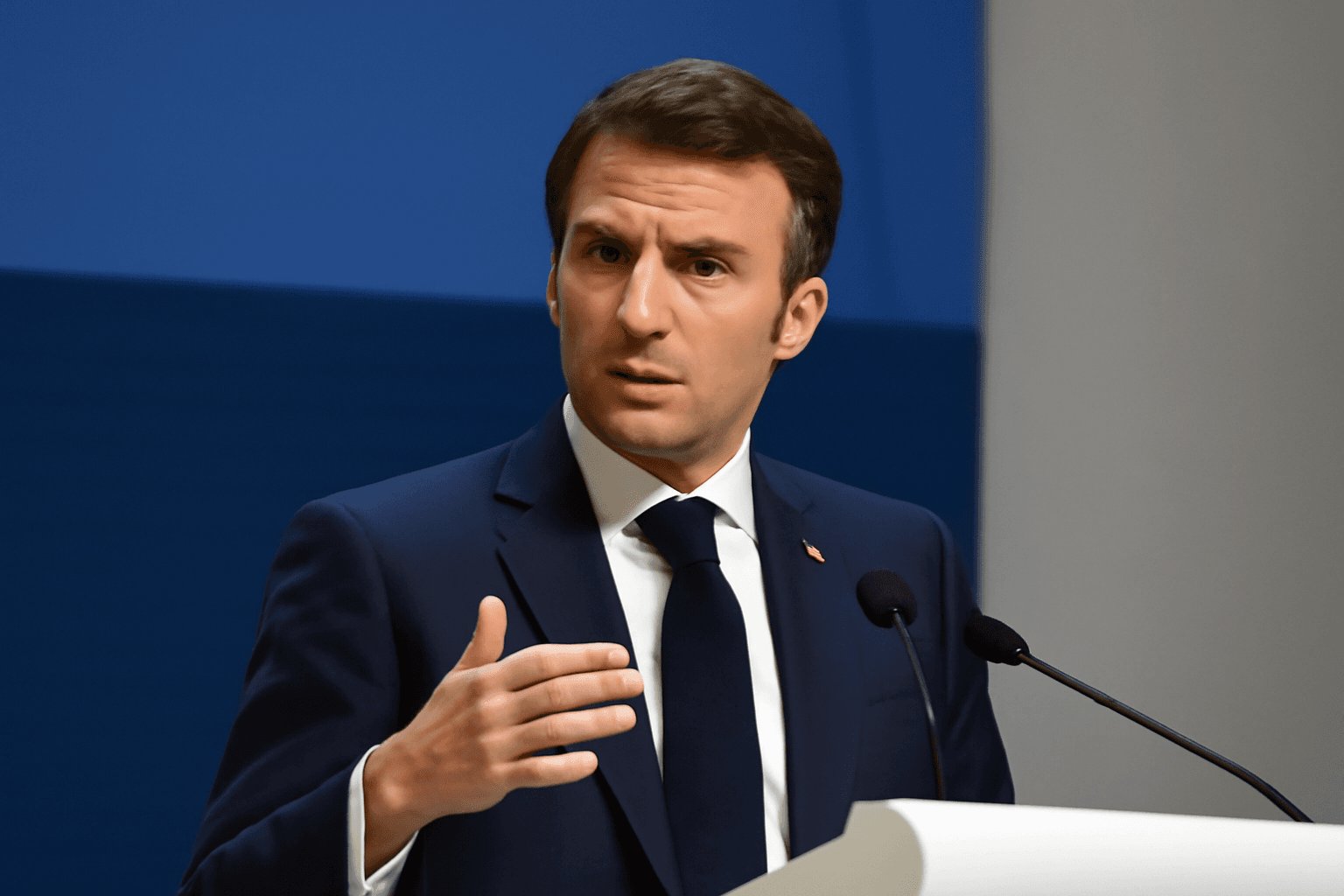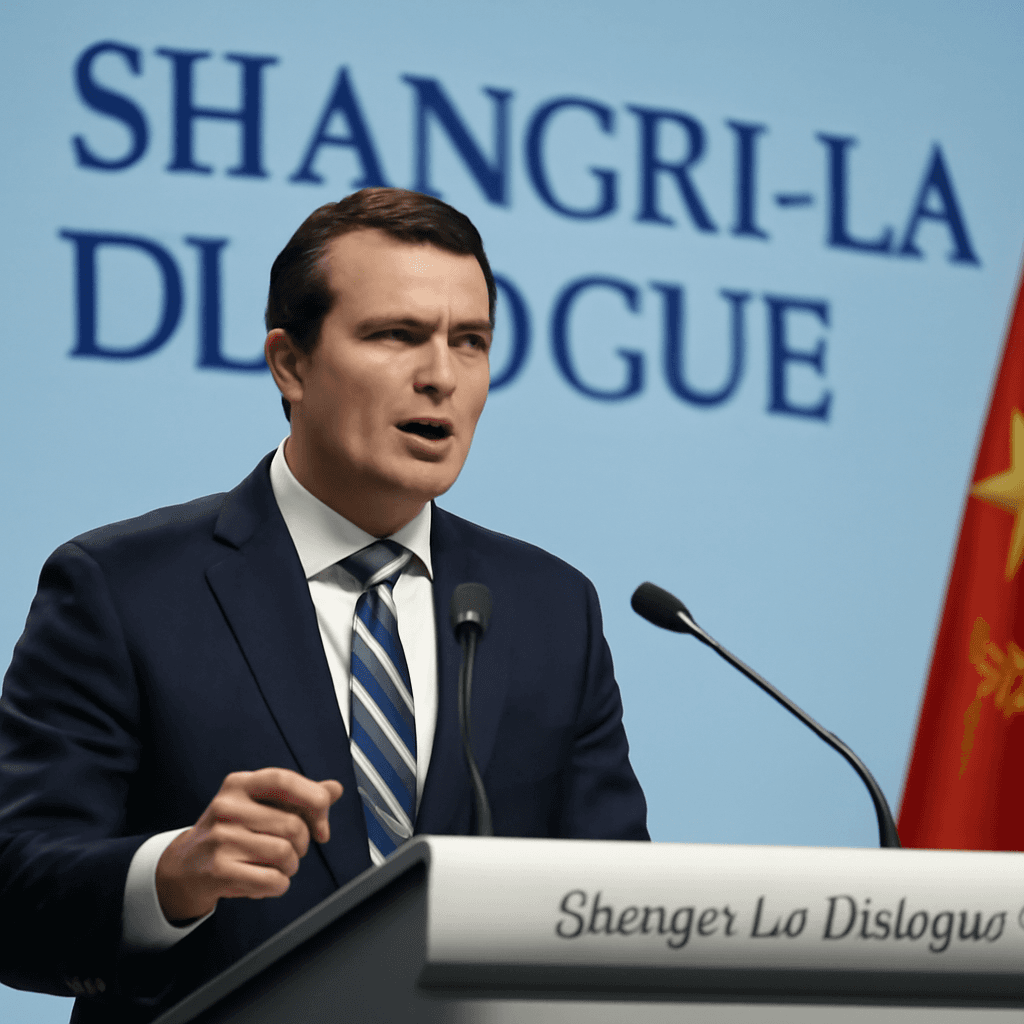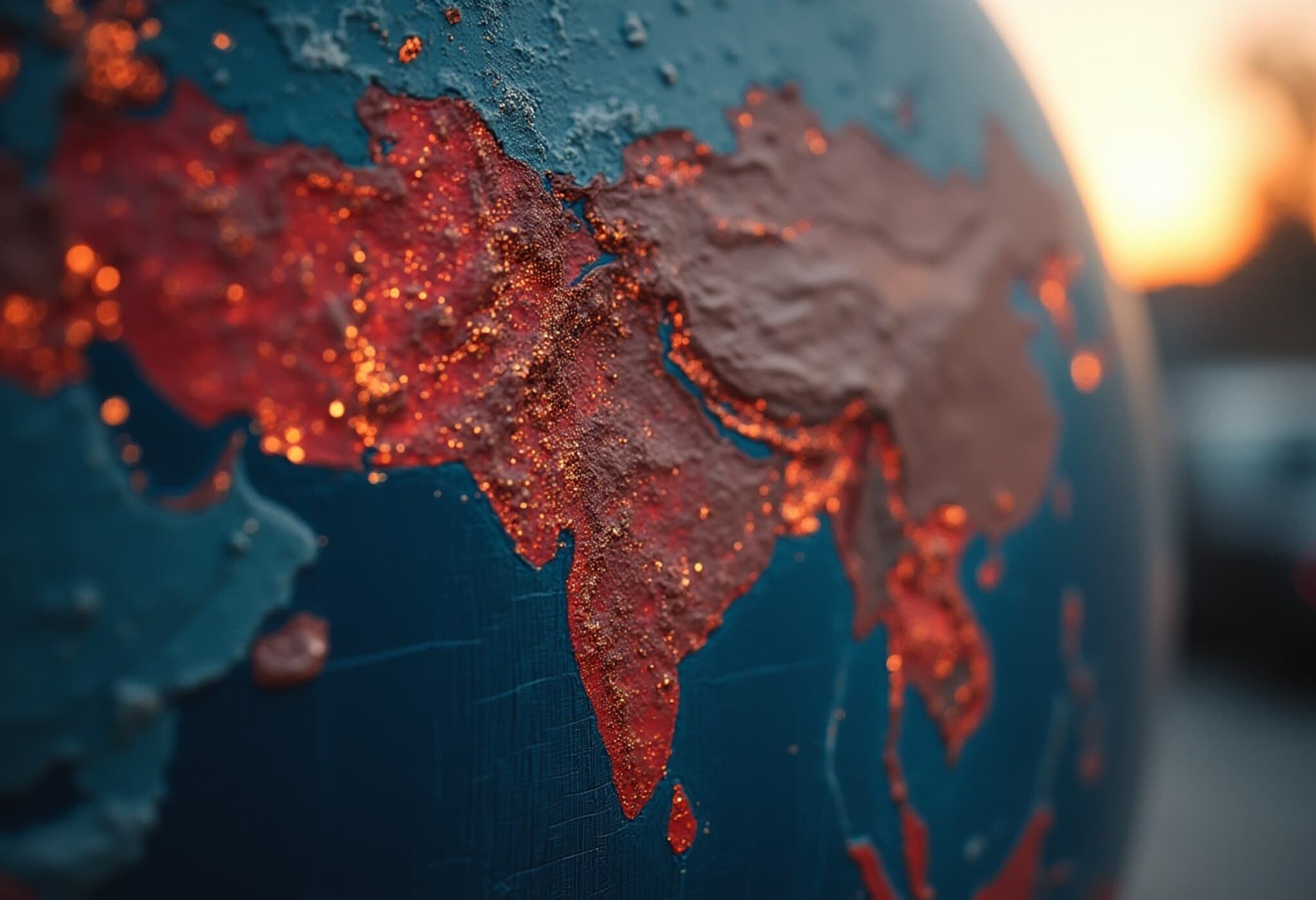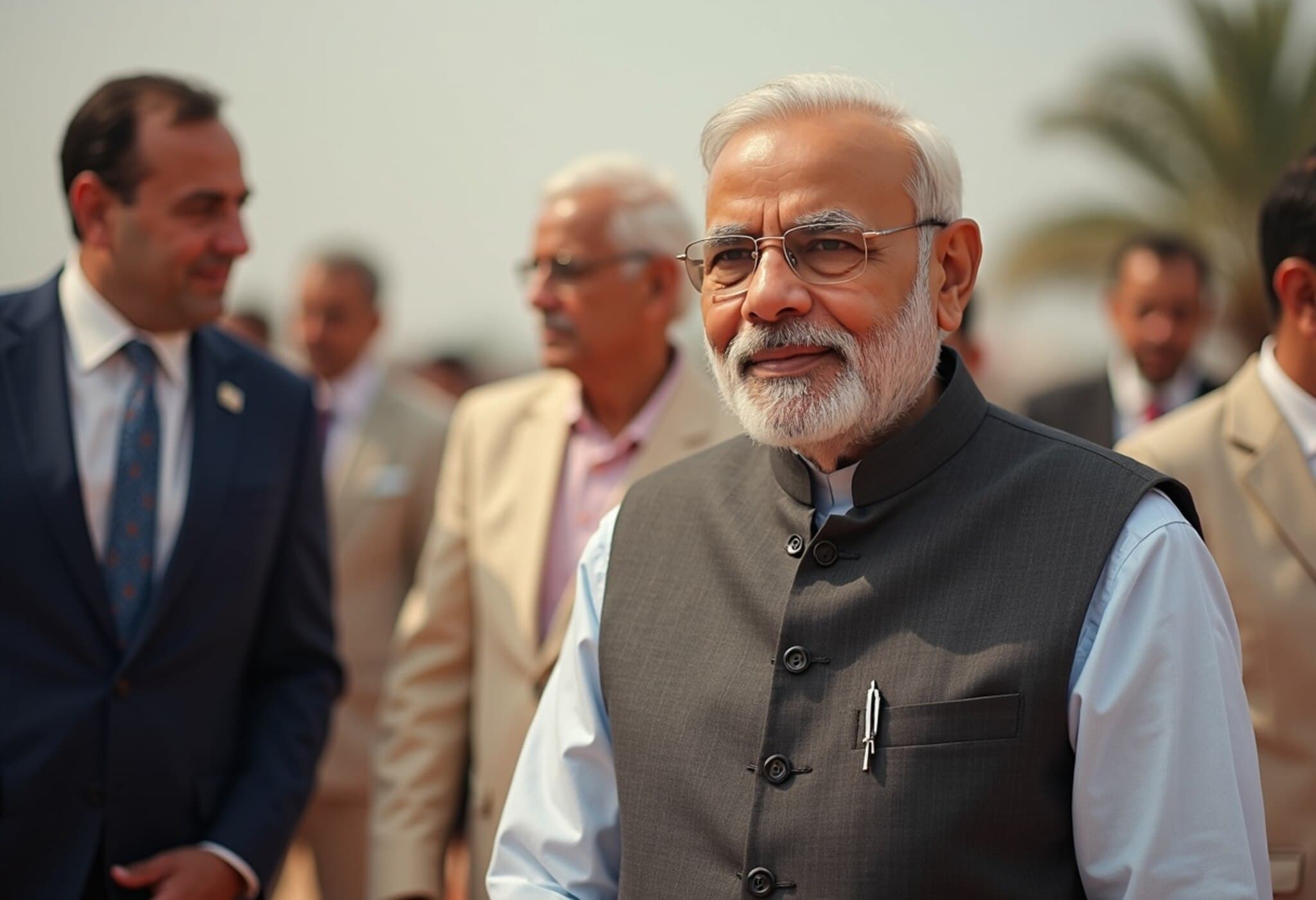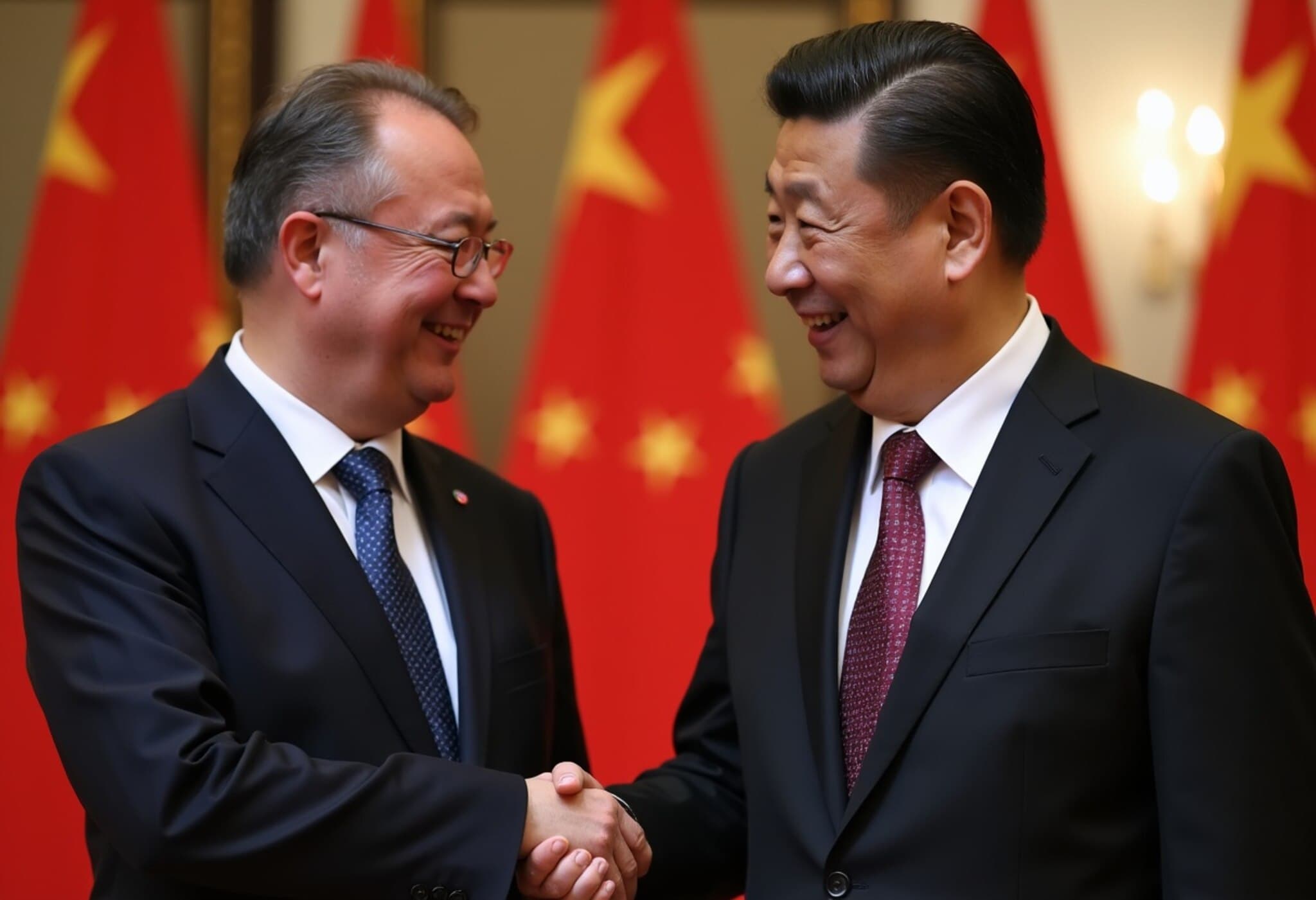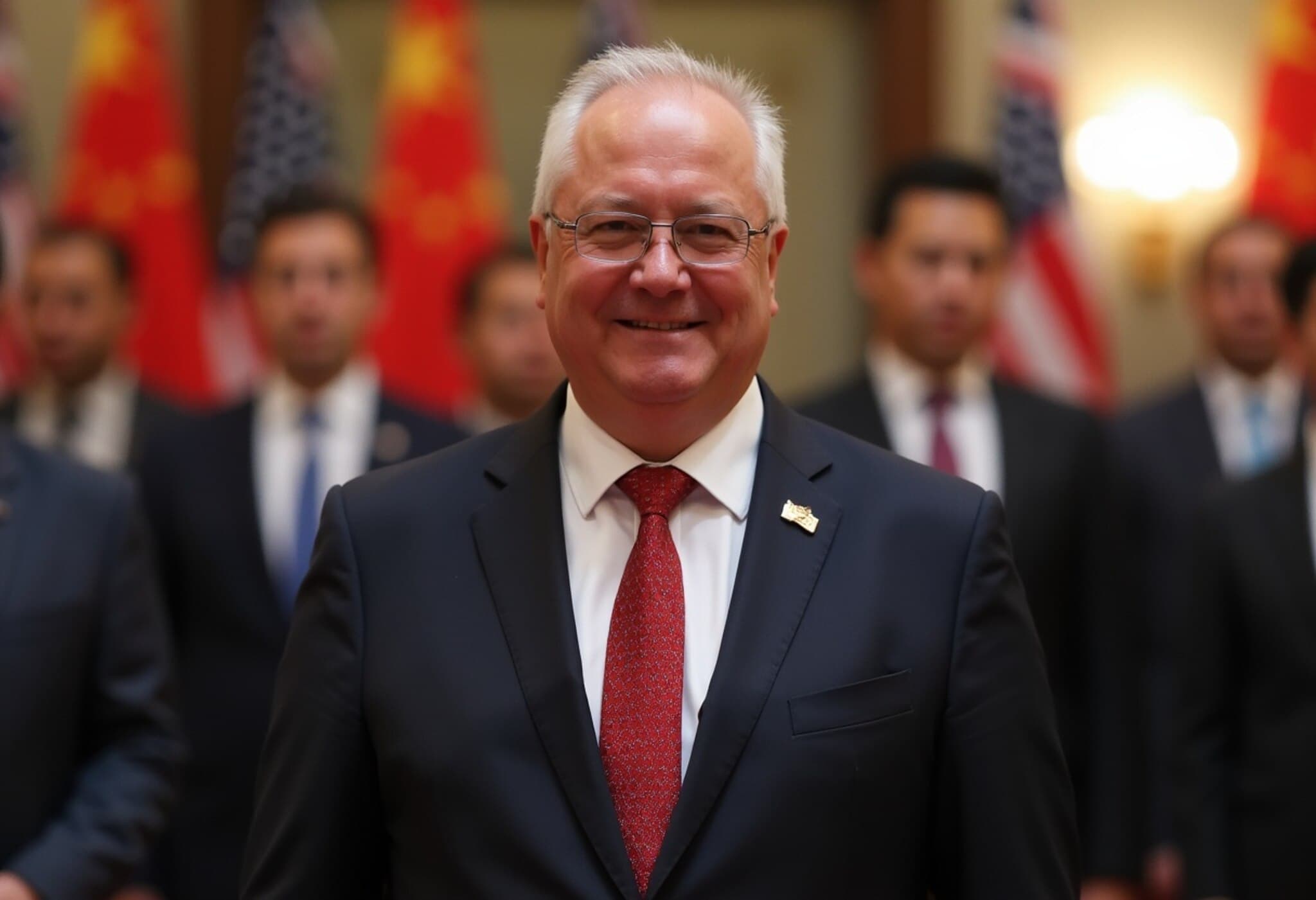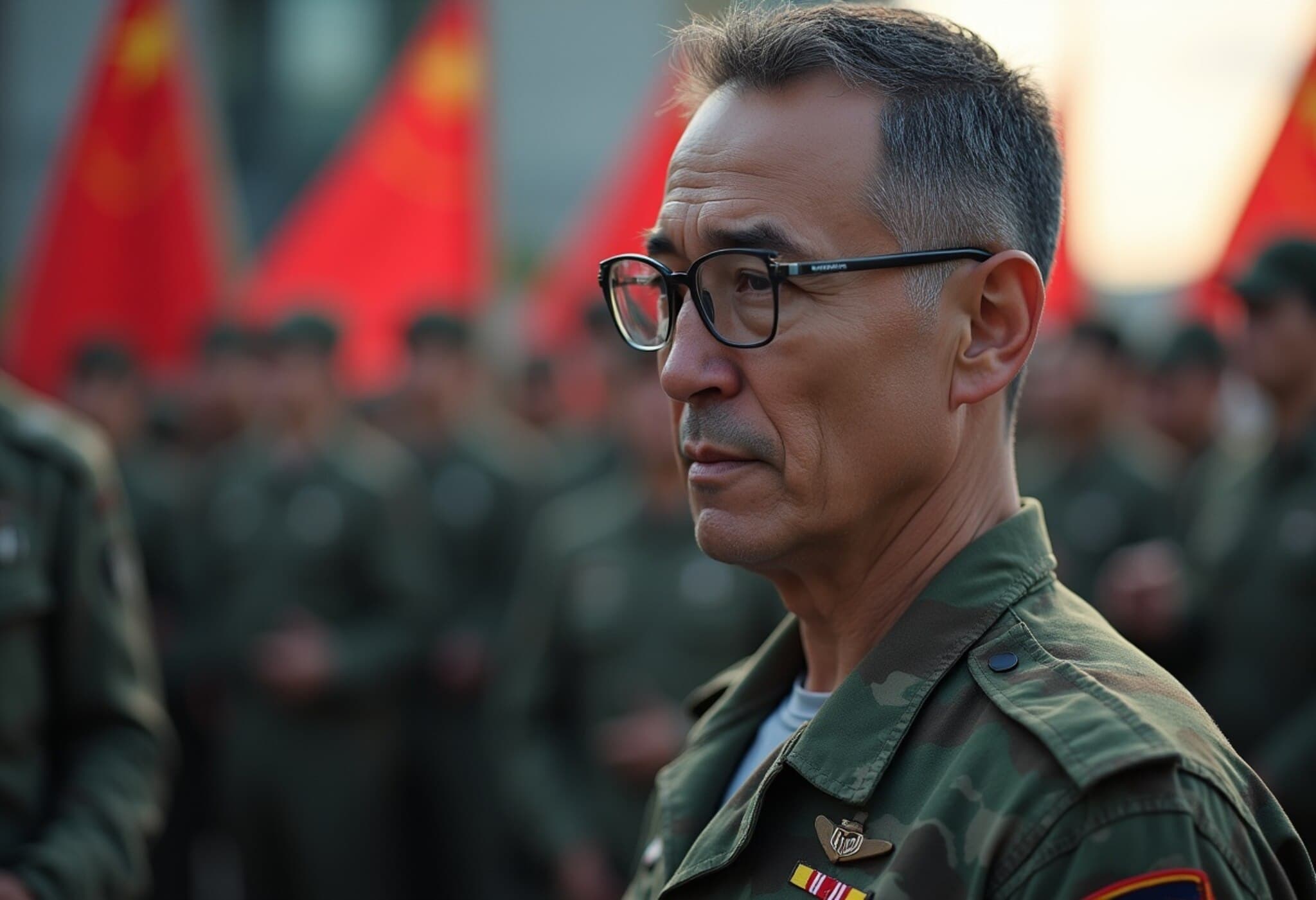Australia and China: Navigating Complex Trade and Security Relations
Prime Minister Anthony Albanese of Australia arrived in Shanghai on July 12, 2025, marking the start of a crucial six-day visit to three Chinese cities. His agenda is expected to focus on repairing and strengthening ties amid ongoing regional security concerns and evolving economic relations.
High Stakes Diplomacy Amid Regional Tensions
This trip is Albanese's second to China since taking office and comes at a time when the geopolitical landscape in the Asia-Pacific remains tense. Australia continues to navigate a delicate balance between maintaining robust trade partnerships and addressing security challenges posed by China’s growing regional assertiveness.
During his visit, Albanese plans to meet with President Xi Jinping, a meeting that will test bilateral trust after years of strained relations marked by mutual suspicion and trade disputes. Canberra has recently increased scrutiny of Chinese investments in Australia's critical mineral sectors, reflecting broader anxiety over national security. Simultaneously, the global economic uncertainty driven by U.S. protectionist policies underlines the importance of stable Australia-China economic ties.
Tracing the Arc of Australia-China Relations
The relationship between Australia and China has undergone significant shifts over the past decade, punctuated by moments of cooperation and conflict. Below is a timeline highlighting key developments shaping their bilateral ties:
- November 17, 2014: Australia signs a landmark free trade agreement with China after ten years, boosting economic integration.
- December 5, 2017: Australia bans foreign political donations to curb perceived Chinese political influence.
- August 23, 2018: Government bans Huawei from Australia’s 5G rollout due to national security concerns.
- April 2020: Australia calls for an international COVID-19 origins inquiry; China retaliates with trade and tourism boycotts.
- August 2020: Detainment of Australian journalist Cheng Lei amid rising diplomatic tensions.
- November 2020: China imposes tariffs and restrictions on Australian goods including wine, barley, and lobsters.
- May 2022: Albanese’s Labor Party wins government, promising a recalibration of China policy.
- October 2023: Release of journalist Cheng Lei after three years, signaling cautious thawing.
- December 2024 - February 2025: Gradual lifting of Chinese tariffs on Australian products and resumed imports signal economic rapprochement despite lingering political challenges.
Expert Insight: Economic Interdependence vs. Security Concerns
Dr. Eleanor Matthews, a specialist in Asia-Pacific security at the University of Sydney, observes, "The Australia-China relationship is emblematic of a broader challenge confronting middle powers globally—they must engage economically with China while safeguarding sovereignty and regional security. Albanese’s visit is pivotal in recalibrating this uneasy balance without sacrificing economic interests."
Indeed, economic ties remain deeply intertwined, with China being Australia’s largest trading partner by a significant margin. However, Australia's proactive steps to tighten investment regulations and its alignment with U.S. and regional security frameworks such as AUKUS highlight the multifaceted nature of bilateral relations.
Unreported Narratives and Critical Questions
One underexplored aspect is the domestic impact of China tensions on Australia’s multicultural communities and economic sectors dependent on Chinese engagement, such as education and tourism. Furthermore, how Australia manages its alliance with the United States alongside its economic dependency on China poses ongoing strategic dilemmas.
Key questions linger: Will Australia successfully mitigate security risks without alienating its key trading partner? Can diplomatic dialogue restore mutual trust to a level that benefits broader Asia-Pacific stability? The answers will unfold in the coming months, with Albanese’s diplomatic efforts at the forefront.
Looking Ahead: Implications for Asia-Pacific Stability
As Australia and China tread cautiously through issues of trade, diplomacy, and security, their relationship serves as a barometer for regional cooperation amidst great power rivalry. Their ability to find equilibrium will not only affect bilateral outcomes but also influence broader geopolitical alignments impacting economic growth and security frameworks across the Indo-Pacific.
Summary: Key Takeaways
- Albanese’s visit is a strategic attempt to mend fractured Australia-China ties amid inflationary pressures and global trade disruptions.
- Security remains a stubborn barrier despite economic interdependence, as Australia safeguards sensitive sectors from perceived Chinese influence.
- Bilateral tensions impact diverse Australian sectors, from education to agriculture, highlighting the human dimension of diplomacy.
- The visit underscores Australia’s broader challenge: balancing its alliance with the U.S. while maintaining vital economic engagement with China.
Editor’s Note
This ongoing narrative between Australia and China illuminates the complexities that middle powers face in a multipolar world. Readers are encouraged to consider how economic pragmatism and security imperatives often collide within international relations. What strategies might ensure both national security and economic prosperity? And how might Australia’s actions influence the future shape of Indo-Pacific diplomacy? These questions remain central as both nations navigate an uncertain future.

